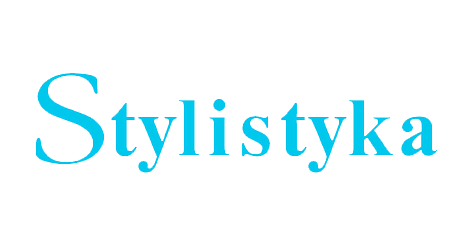

The author proposes the triple subdivision of semantic stylistic devices according to the level of language at which they operate and according to their scope (range of text which is their functional domain). Microtropes, the semantic figures oftraditional poetics and rhetoric, operate within syntagms which cover phrases and, at most, sentences. Macrotropes, in tum, organize seąuences of sentences, i.e. fragments of texts or even entire texts (usually short lyrical poems). To them belong, most typically, extended similes and metaphors, as well as oxymoronic and paradoxical constructions (based on antonymy), illustrated by ąuotations from F. Holderlin, A. Mickiewicz and W. Szymborska. The concept of macrotropes, whose origin lies in the distinction drawn by R. Jakobson between the metaphoric and metonymic modes operative across various discourses, merges indiscemibly with the third level of description, viz. metatropes. The author perceives in them "huge figures" which structure entire discourses as if from the outside. The idea can be traced to H. White's tropological tetrad consisting of metaphor, metonymy, synecdoche and irony. The author, however, extends this list, according to indirect suggestions present in postmodemist literary criticism ofR. Barthes, P. de Man, G. Hartman, and J. Hillis Miller, as well as to proposals ofRussian and Polish critics and stylisticians. The enlarged
list of rnetatropes includes, conseąuently, antithesis, inversion, chiasmus, catachresis, paronomasia, euphemisrn, suppression, hyperbole, anomaly, allegory and mythization. Metatropes are taken to perform here the combined functions of: models of text, rhetorical modalities, great figures of interpretation, and components of the unceasing game of language and of senses (after Barthes and Derrida). In a word, they are figures of the second order, operative within the discourse whose subject is another discourse, be it linguistic (literary or non-literary) or extra-linguistic (reality perceived as a coded hypertext, which calls for interpretation).
Pobierz pliki
Zasady cytowania
Licencja

Utwór dostępny jest na licencji Creative Commons Uznanie autorstwa – Użycie niekomercyjne – Na tych samych warunkach 4.0 Międzynarodowe.